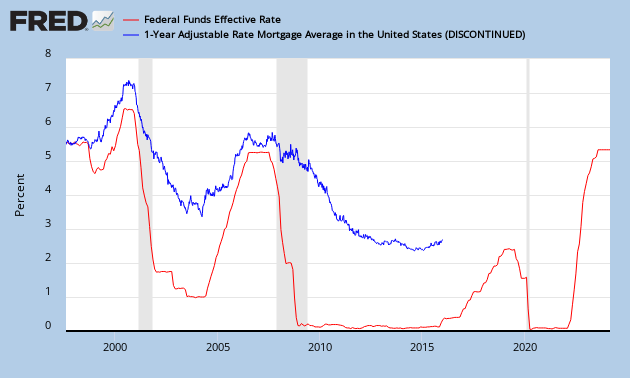As gold prices and gold mining shares rebounded on the news that the Federal Reserve didn't taper its bond purchases in September 2013, there are a lot of opportunities to be found in the gold mining business and I believe we have seen the bottom in gold. In today's environment, everyone is bearish on gold and investors should know that when the future is the darkest, the most money can be made if you are willing to take the risk. I'm not talking about doubling on your principle investment, but rather multiples. The key is to choose the right mining stock. I will focus on one gold mining company which has the potential to give a return of ten to twenty times your investment and I'll explain why. The company in question is San Gold Corp.
Just recently, Eric Sprott said in
an interview with Marin Katusa (Casey Research) that he bought a gold mining company that is trading at 2.5% of its four year high while the company actually produces more gold now than several years ago. Via deduction, we know that he is talking about San Gold Corp. as four years ago, the stock traded at $4.5/share, while today it trades at $0.17/share (Chart 1). Indeed, on September 12th, 2013,
Sprott Asset Management closed a private placement offering of 32,000,000 units at a price of $0.125 per unit for aggregate gross proceeds of $4,000,000.
The question now is, why did Sprott Asset Management choose this stock? Let's compare the numbers from today to the numbers from 2010, 2011 and 2012.
As you can see on chart 2, San Gold Corp. has had net losses during all these years due to declining gold prices and rising cash costs, which made it necessary for them to raise money via equity offerings. But the company is now targeting to have free cash flow at the end of 2013. I believe this target can be reached if gold prices start to rise again in the near future. On the cash cost side, the company reports that these will be flat going forward. Additional equity dilution will be an idea of the past. This is positive element number one: free cash flow.
Investors have been very negative on the company as the share price declined over these 4 years (Chart 3). Surprisingly, the equity value of the company has only gone up since then due to increases in mineral properties, plant and equipment. If you buy shares of this company, you are getting a lot of value. The price to book ratio currently stands at 0.25, which is very cheap. You only get these valuations when you think the company is going bankrupt and that won't happen as they have started to turn the tide with producing free cash flow soon. The key element to keep in mind here is a high book value at a low share price valuation. This is positive element number two: book value.
If we look at the gold production, we can see very promising numbers (Chart 4). The company has increased production since 2010. In fact, production has doubled since 2010, from 40000 ounces/annum to 90000 ounces/annum today. Revenue (Chart 2) would have gone up if gold prices didn't fall from $1700/ounce to $1300/ounce. If gold were to go back up to $1700/ounce, we are talking about an additional $40 million of revenue. If we add this potential revenue number to the net losses they have today, we would have a net earnings potential of $20 million/annum. At these share prices we would have a P/E ratio of 3. The upside would be immense, I expect a multiple of 5 at least to get back to fair market value. Added to this, we still have plain production growth from its three deposits Rice Lake, Hinge and 007. Production is expected to go to
100000 ounces/annum in 2014 and 110000 ounces/annum when all three deposits ramp up to their production potential in 2015. This is positive element number three: production growth.
And last but not least, we have a huge exploration potential at San Gold Corp. Similar to Goldcorp's Red Lake mining district, which is Goldcorp's top producer, we have the Rice Lake mining district at San Gold Corp. Both districts are geologically similar and are positioned at an 80 km distance from each other. Both mines contain high grade gold and have a low cash cost of production. The only difference we can find is that Rice Lake hasn't really been explored much. The mine produced only one tenth of what Red Lake produced. So there is a great potential embedded in the Rice Lake mining district. This is positive element number four: exploration potential.
Conclusion:
I presented San Gold Corp., a gold mining company with a potentially leveraged play on gold. If I'm right about bottoming gold prices, investors could gain multiples on this stock. Even a small investment would give high returns based on the analysis above. Renowned asset managers like Sprott Asset Management's Eric Sprott have put their money in this company and that shows that they have confidence in this gem.






















